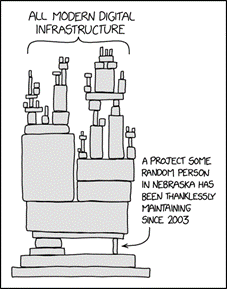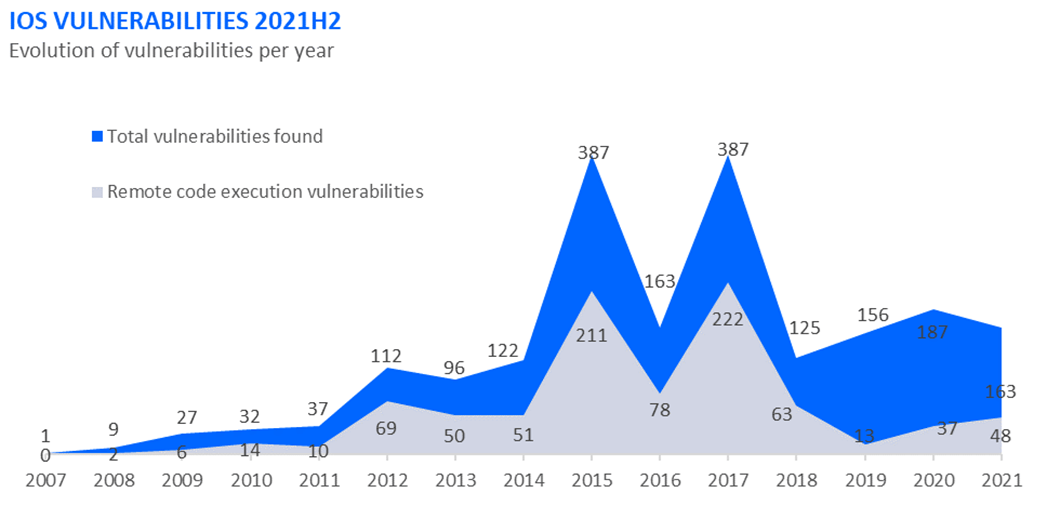Many new friends and old friends. Last week we had the opportunity to share time, experiences, opportunities and business with colleagues, customers and suppliers. The Advanced Factories fair has quickly become a key event for the digital development of the industrial productive network in Spain. This is something we need. We are far from the weight that industry should have for our economy in Spain, but I am positive, I feel movement, joy in collaborating, a rush to grow and a political and financial commitment to the sector too.
The concept that gives the fair its name, Advance Factories, is very interesting despite not being very well known. There are many others that basically define the same thing: smart factory, digital factory or smart industry.
So, what is a smart factory?
A smart factory is completely paperless. Human operators interact exclusively with machines and software while machines communicate only with other machines. Information flows seamlessly from the sensor to the cloud ensuring fast, available and reliable communications among all the equipment that make up the production ecosystem. It also has great wireless communication capabilities incorporating next generation 5G or LTE networks that connect sensors or smart objects from remote or moving locations.
A smart factory generates robotic orders that link processes together, speeding up the manual administration of incidents or work orders. It stores and governs information enabling the creation of a data-driven company culture by making it accessible and empowering every employee to improve their processes based on the application of advanced analytics, artificial intelligence or machine learning algorithms.
In short, a smart factory is the digital twin where the real state of production and business lies and where any initiative and use case for the development of Industry 4.0 rests.
Telefónica Tech is working to unite people and machines in a hyper-connected, collaborative, secure and efficient industrial environment where the real value is extracted from the intelligent analysis of data. This is our goal, and we will do our best to achieve it.















